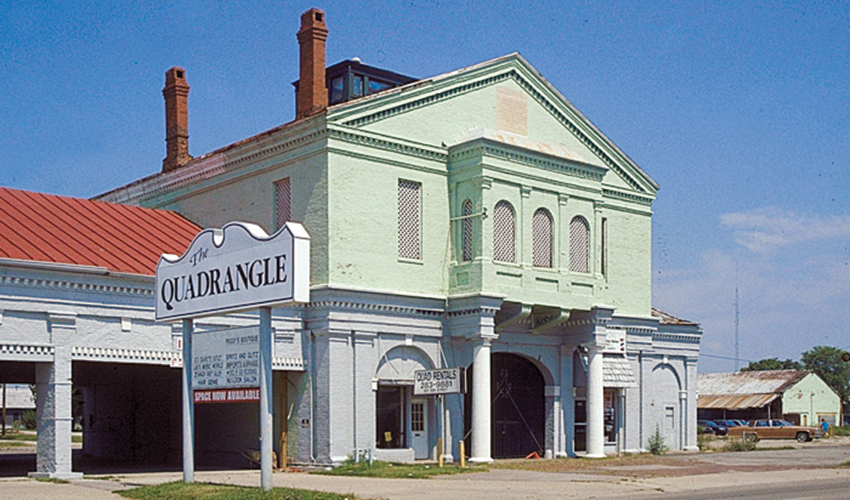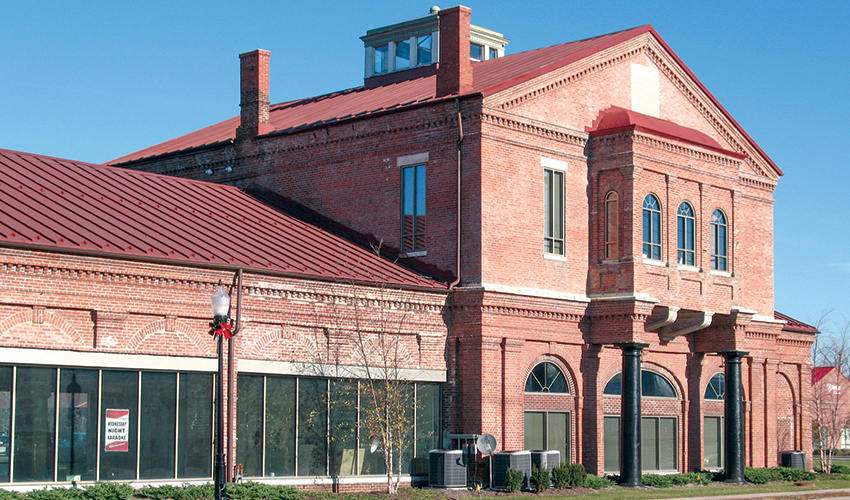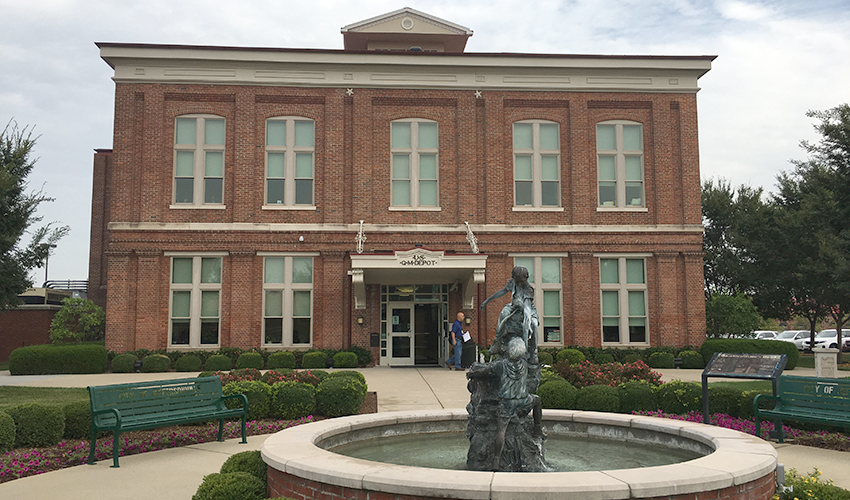NEWS
Finding Solutions for White Elephants
Big, useless, and expensive to maintain. What do you do with outdated industrial and institutional structures when they outlive their original purpose?
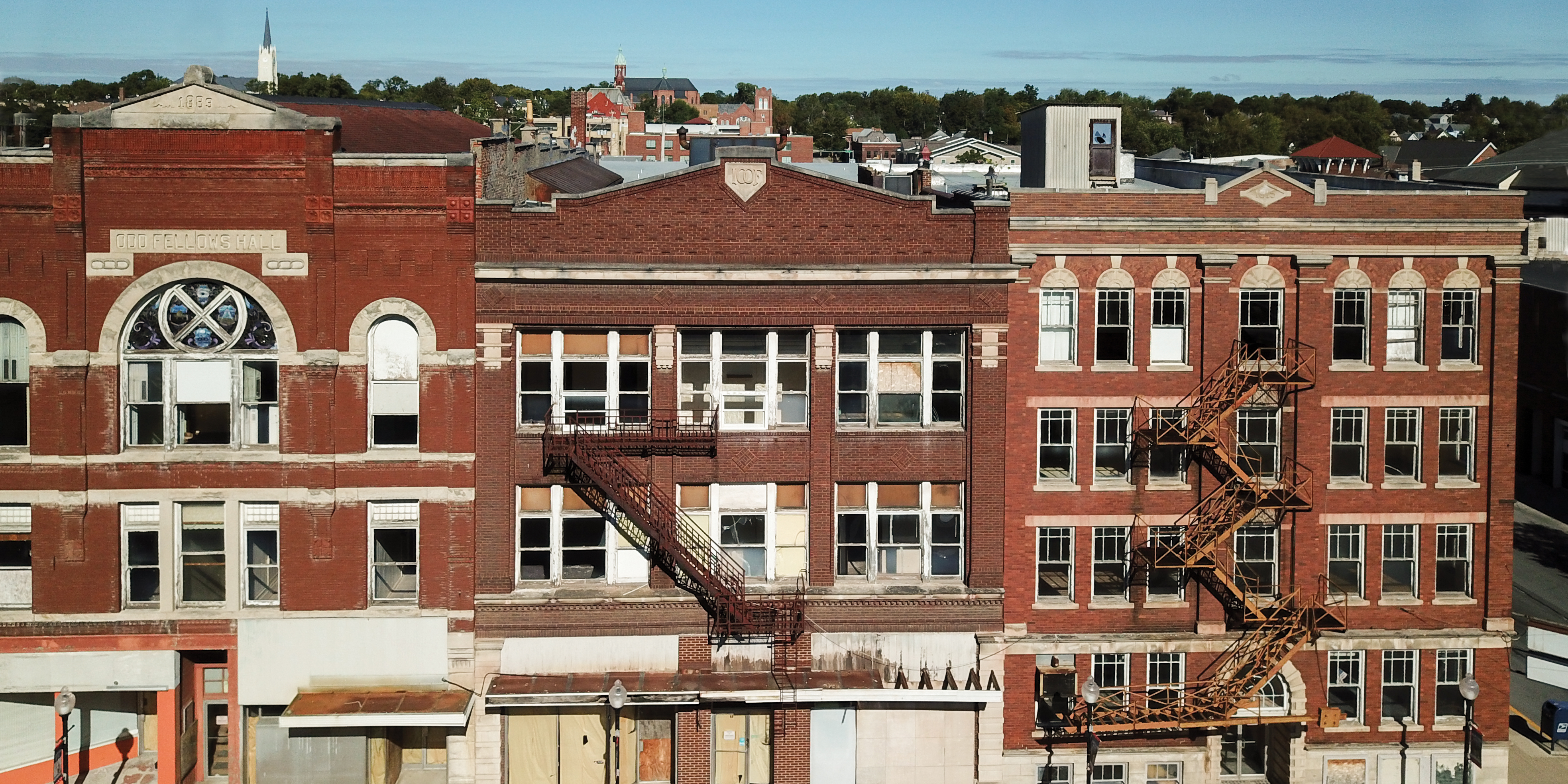
Outsized Landmarks in Jeopardy
In ancient Asian countries, white elephants were considered holy, so the gift of an albino pachyderm could ruin the recipient who was saddled with expensive care and public access for worship. In current parlance, the community equivalent is a useless, expensive-to-maintain behemoth—a factory complex built in the twentieth century to manufacture a long-gone product, an empty multi-story furniture warehouse on Main Street, a decommissioned military structure. In big cities and especially in small towns, white elephants play a similarly outsized role in the streetscape and local history.
When a landmark gets the white elephant label, the word demolition usually surfaces because, just as in ancient Thailand, the place is big, useless, and expensive to maintain—and often blighted. Indiana Landmarks tries to save these historic structures, often naming them to our 10 Most Endangered and helping to identify new purposes and imaginative developers. We also promote National Register status for such places, because it provides the potential for preservation tax credits, another financial incentive for renovation. The Indiana legislature had the same idea but a different creature in mind when it created the Industrial Recovery Tax Credit, known as DINO, as an incentive for developers who tackle industrial white elephants.
White elephants of the brick-and-mortar sort were usually workhorses in the beginning—sturdily built of lasting materials to withstand hard use—and eminently suitable for conversion to new purposes.

After languishing for years, the historic Mallory factory in Indianapolis has a new use that seems perfect. Purdue Polytechnic High School will eventually occupy two floors, a training ground for the scientists and engineers who’ll invent the next generation of products like the state-of-the-art batteries created by Mallory.
Moving City Hall
What do you do with a white elephant, or in Indiana tax code parlance, a dinosaur? A historic building that has long outlived its original purpose. Big. Blighted. Hard to envision in a new role. Important in local history. Huge visual presence. In Jeffersonville and New Albany, after elephants deteriorated for decades, forward-thinking city leaders reimagined the nineteenth-century behemoths as City Hall.
Outfitting an army takes lots of space. Jeffersonville’s Quartermaster Depot covered four city blocks—250,000 square feet across about 18 acres on East 10th Street, a busy state highway. From 1874 to the Korean War, the quadrangle-shaped site with a central administration building stored, repaired, invented, manufactured, and distributed Army necessities, from saddles to cook stoves, uniforms to medical supplies. Military man and architect General Montgomery Meigs designed the Greek Revival complex.
After the government auctioned it off in 1958, the complex housed a mix of retail, commercial, and manufacturing ventures, never functioning at full capacity. Fire destroyed the southeastern corner in 1992, and the owner chose partial demolition over repair, making the depot’s interior vulnerable to the elements. The complex joined Indiana Landmarks’ 10 Most Endangered list in 1996, and a second time in 1999 when the owner marketed the site as cleared land.
Unwilling to see such an important part of its heritage turned to dust, the City of Jeffersonville bought the site in 2001 and repurposed the three-story administration building as City Hall. Sun Properties, LLC of Louisville redeveloped the rest of the complex as Quartermaster Station, a mix of retail, restaurants, and medical facilities ringing the former administration building.
In New Albany, the future looked dim for the Reisz Building on East Main Street in the heart of downtown. For decades, the 23,000-square foot furniture warehouse had been largely vacant and rotten posts and beams pointed to imminent structural failure. Broken and boarded windows ringed the brick exterior, its front façade distinguished by an old neon sign advertising the long-gone Reisz Furniture Warehouse Store and a ghost sign pointing to “Free Parking Around Corner.”
Built in the 1850s as a flour mill, the building later accommodated such ventures as a furniture manufacturer, funeral home, shirt factory, and harness and saddlery shop. The Reisz Furniture Warehouse occupied the three-story building from the 1940s until 1974.
In August, the City of New Albany announced its plan to reinvigorate the ailing landmark as City Hall, a move expected to consolidate city operations, provide triple the amount of space available in the old location, and save money in the long run, as the City currently rents office space from the county.
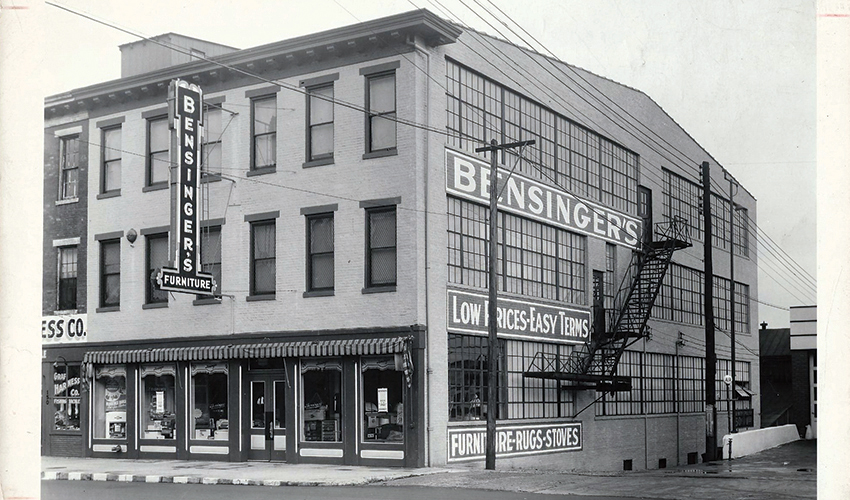
In the early twentieth century, the massive warehouse presented a handsome appearance on New Albany’s State Street (Photo: Schmitt Family Collection).
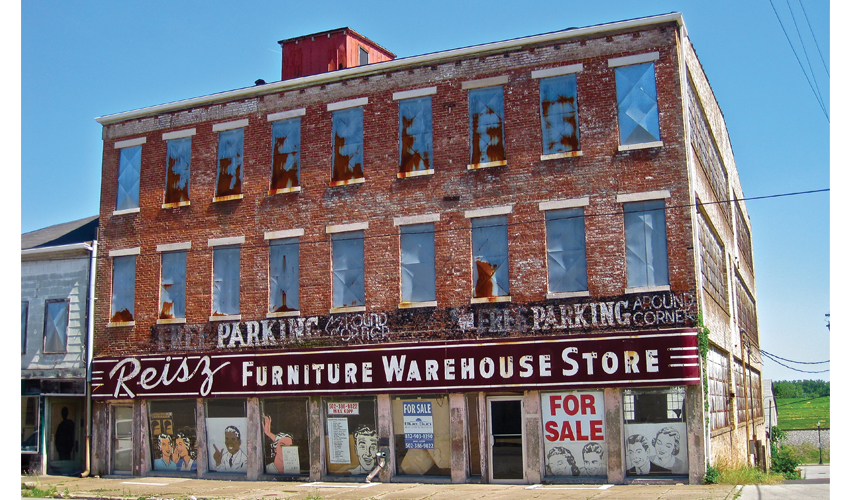
In recent years, the massive warehouse blighted the heart of downtown New Albany. The city is turning the situation around by adapting the historic building as city hall. (Photo: Robby Virus on Flickr).
Louisville-based Denton Floyd Real Estate Group will develop the Reisz Building, using $750,000 from the City to buy and clean out the warehouse. The firm will use historic tax credits as part of its financing package, an option made possible by the building’s inclusion in a National Register historic district. The City will initially lease space from Denton Floyd and eventually own the structure. Denton Floyd has a vested interest in downtown, as it rehabs the historic M. Fine Shirt Company Factory a few blocks east into an assisted living facility. “The new City Hall will add to the revitalization momentum,” says Indiana Landmarks’ Greg Sekula, director of our Southern Regional Office, “whereas the loss of a structure as large as the Reisz Building would have slammed on the brakes and created a hole in the historic streetscape.” Indiana Landmarks will move the southern office from Jeffersonville to New Albany in 2018, hoping to spark a revival in another part of the downtown.
“It’s important we protect our history, and this project addresses blight reduction, historic preservation, and downtown beautification efforts on a main downtown corridor,” says Mayor Jeff Gahan. “The response from the community has been very supportive.”
Stay up to date on the latest news, stories, and events from Indiana Landmarks, around the state or in your area.

